Welcome Lei Traditions From Polynesia to the Philippines
Welcome to the mesmerizing islands of Polynesia. Imagine gentle waves kissing sandy shores, where a timeless tradition weaves its magic – the welcome lei. These welcome lei, rich in symbolism and the Aloha Spirit, have a history spanning centuries. Explore their modern interpretations across various cultures, including the Philippines. Join us on a journey to uncover the roots and evolution of welcome leis in Polynesia.
Ancient History of Welcome Lei
The tradition of presenting leis as a welcome gesture originates in ancient Hawaii, where nature played a vital role in daily life. Fragrant blossoms and lush foliage, were once offerings to deities. Today, they have transformed into garlands, shaping the iconic welcome lei. Made from local treasures such as plumeria, orchids, and maile leaves, these leis represent more than decorations. They became representations of goodwill, friendship, and the Aloha Spirit.
The Spread of Welcome Lei Across Polynesia
As Polynesians sailed the expansive Pacific, they settled on diverse islands. Along with this, the tradition of welcome leis sailed with them. Each region embraced local flora. And as a result gave birth to unique variations in lei craftsmanship. In Samoa, shells took center stage in ‘ula leis, embodying affection and respect. Meanwhile, Tahiti embraced fragrant tiare flowers. And in New Zealand, the Maori people adorned themselves with leis known as haku or haku paki.
Philippine’s Sampaguita Necklace as Welcome Lei
Now, let’s dive into the Philippine tradition. Where the Sampaguita Lei blooms with elegance. The Philippines, an archipelago in Southeast Asia, introduces its own twist to the welcome lei. The sampaguita, or Philippine jasmine, holds the title of the national flower. Delicate, white blooms are carefully strung together, creating exquisite leis. The Sampaguita Lei has become a symbol of Filipino hospitality and warmth. Making them perfect for celebrations such as religious ceremonies, or to honor guests.
Other Modern Variations Beyond Polynesia
The concept of welcome leis transcends the shores of Polynesia, influencing cultures worldwide. Different culture has adopted the practice and added their own way of creating it.
In India, the exchange of flower garlands, or varmala. It has become a pivotal ritual in traditional wedding ceremonies,. The garland has become the symbol of the union of two souls.
Journeying to Thailand, we encounter the phuang malai. An intricate flower arrangements strung together. It convey symbols of good luck and well wishes on special occasions.
Mexico introduces us to Cempasúchil Garlands. Marigold creations adorning graves during Dia de los Muertos. It is used to pay homage to departed loved ones.
In Philippines, aside from the traditional Sampaguita Lei. The practice of giving Rosette Leis has been gaining popularity in the recent years. These elegant welcoming leis gained attention due to their vibrant colors and variety as well as its shelf life. As they are made with satin ribbons and brocade trimmings. These materials allows them to retain their beauty even after a day of movement.
The enchantment of welcome leis resonates globally. And truly echoes the universal language of warmth and hospitality. From their modest beginnings in Polynesia to their integration into diverse cultures. Notably the Philippines with the Sampaguita Lei. These floral emblems persist as timeless symbols of shared human experiences. As we revel in these rich interconnected traditions, the legacy of welcome leis stands strong. Truly a testament to the enduring power of cultural exchange.

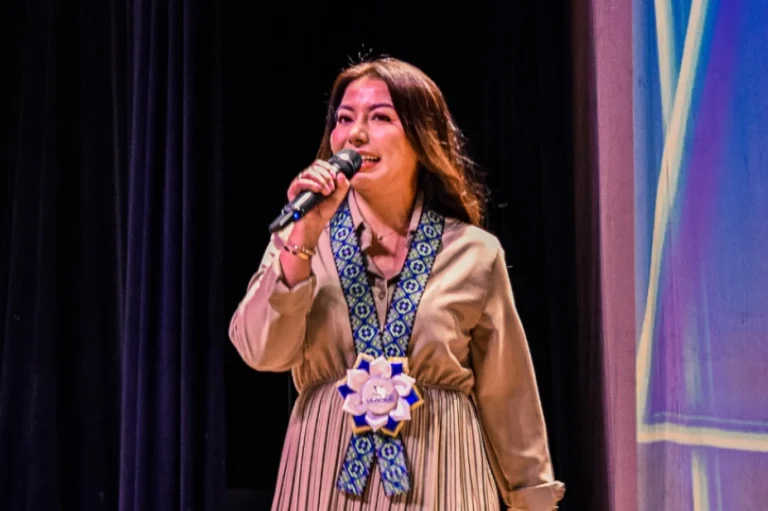
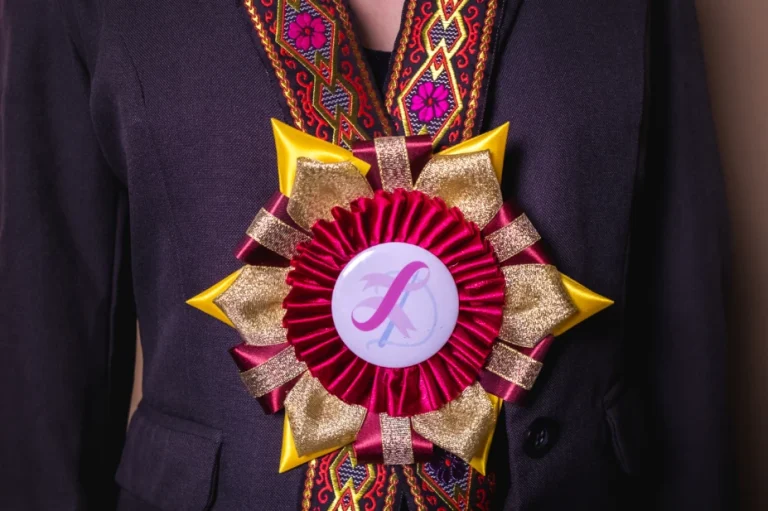
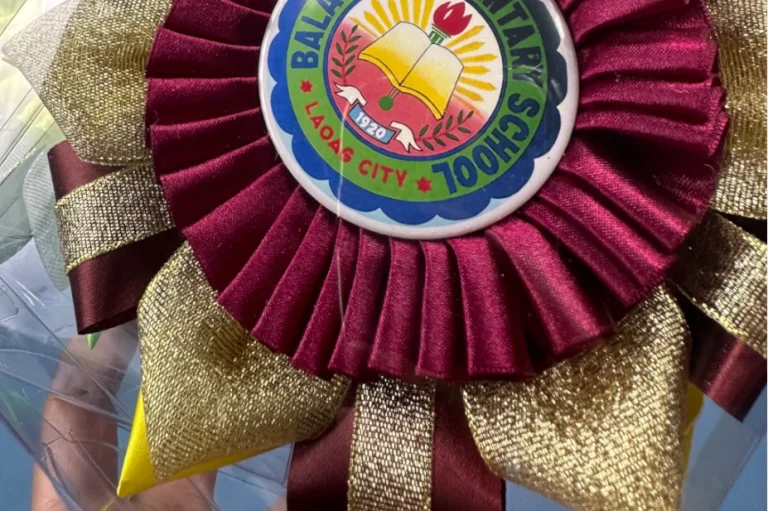
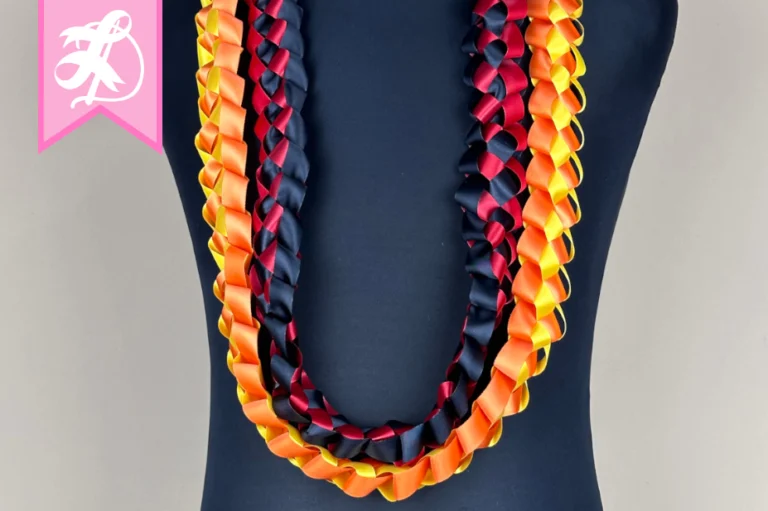
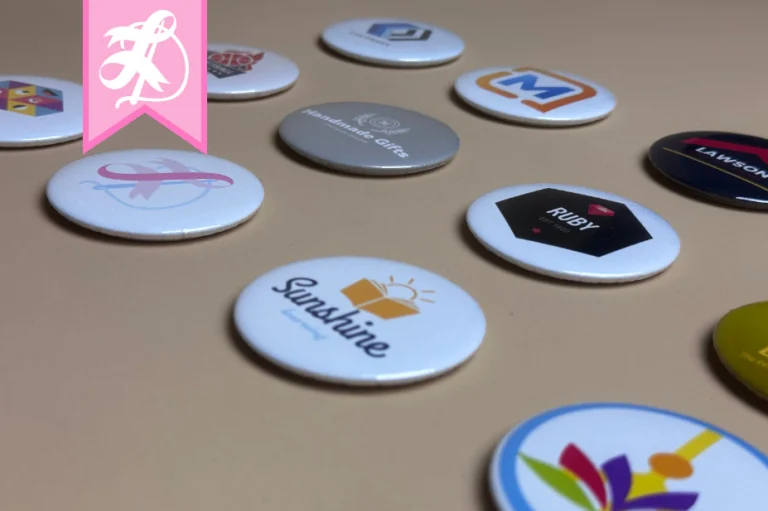
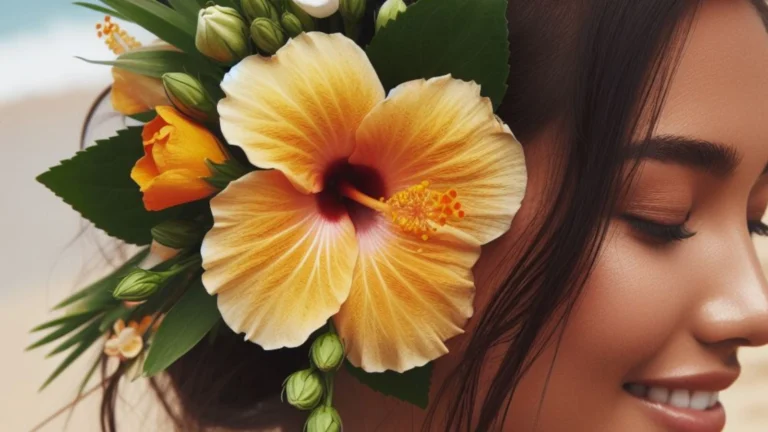
Hi, I’m wondering where can I buy rosette leis in the Philippines?
Good day Liliana, LikhaDito is one of the prominent suppliers of customized Rosette Leis in the Philippines. You can message us for your orders, inquiries and customization request.